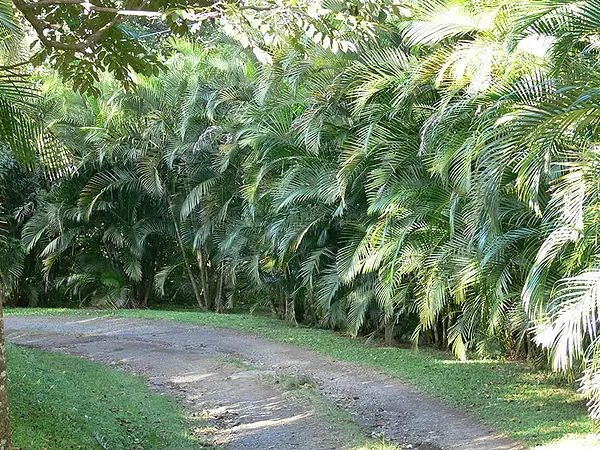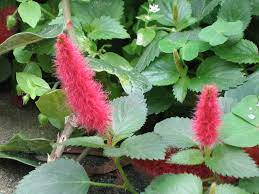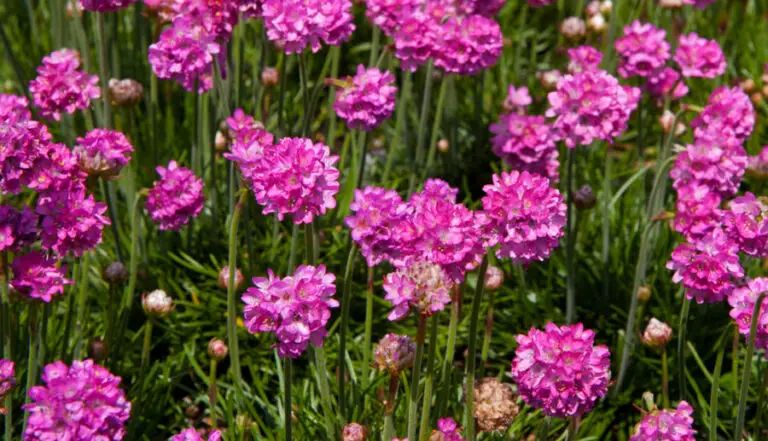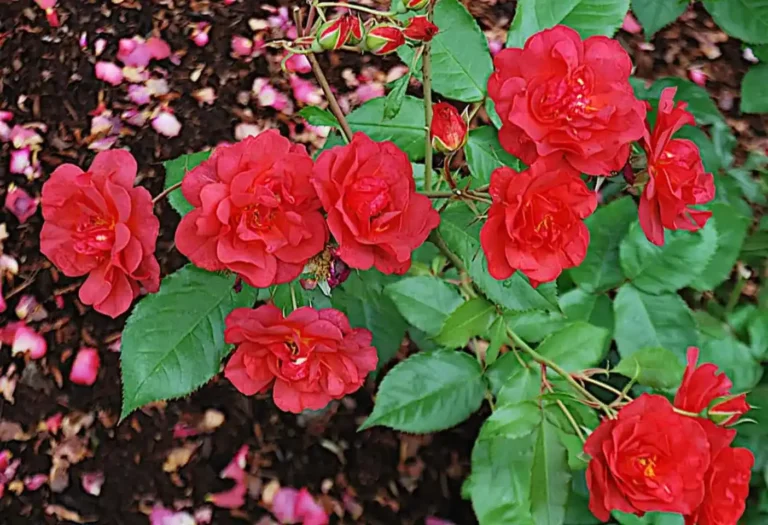Areca palms, known for their graceful fronds and tropical appeal, make an excellent choice for creating a lush and green backyard hedge. Not only do they provide privacy and shade, but they also add a touch of exotic beauty to any outdoor space. In this comprehensive guide, we will explore everything you need to know about growing and maintaining a backyard areca palm hedge.
Table of Contents
- Introduction
- Selecting the Right Areca Palm Varieties
- Planning and Designing Your Hedge
- Preparing the Soil and Planting
- Proper Spacing for Privacy
- Watering and Fertilizing
- Pruning and Trimming Techniques
- Pest and Disease Management
- Areca Palm Hedge Maintenance
- Frequently Asked Questions (FAQs)
- Conclusion
1. Introduction
Areca palms, scientifically known as Dypsis lutescens or Chrysalidocarpus lutescens, are native to Madagascar and are popularly grown for their lush foliage and ability to thrive in tropical and subtropical climates. These palms are characterized by their feathery, arching fronds and slender trunks, which can reach heights of up to 20 feet in ideal conditions. When planted closely together, areca palms create a dense and attractive hedge that offers both beauty and functionality.
2. Selecting the Right Areca Palm Varieties
Before embarking on your areca palm hedge journey, it’s essential to choose the right variety for your backyard. Some popular areca palm varieties include:
- Areca triandra
- Areca vestiaria
- Areca catechu
- Areca concinna
Research each variety’s growth habits, light requirements, and overall suitability to your climate before making a selection.
3. Planning and Designing Your Hedge
A well-planned areca palm hedge can enhance the aesthetics of your backyard while providing a natural barrier for privacy. Consider the following factors when planning and designing your hedge:
- To ascertain the optimal vertical and horizontal dimensions of your hedge, establish the preferred height and width.
- Thoroughly assess the extent of sunlight and shade that pervades the given vicinity.
- Assess the soil type and drainage conditions.
- Consider the proximity to buildings, fences, or other structures.

4. Preparing the Soil and Planting
To foster optimal growth of Areca palms, they thrive in soil that is well-drained, possessing a pH level ranging from slightly acidic to neutral. Prior to planting, it is essential to prepare the soil meticulously by eliminating any weeds, rocks, or debris present. Enhance the soil’s fertility and drainage by incorporating organic matter like compost or well-decomposed manure. Dig a hole slightly larger than the root ball of the palm and carefully position the palm within. Refill the hole with soil, compacting it gently around the roots to ensure proper anchorage.
5. Proper Spacing for Privacy
To create an effective privacy hedge, proper spacing between areca palms is crucial. Consider the mature width of the palms and allow enough room for each plant to grow and spread its foliage. Generally, a spacing of 5 to 8 feet between each palm is recommended, depending on the desired density of the hedge.
6. Watering and Fertilizing
Established areca palms are moderately drought-tolerant, but regular watering is still essential, especially during dry periods. Provide deep watering sessions to promote deep root growth. Apply a balanced palm fertilizer according to the manufacturer’s instructions to provide essential nutrients and maintain the health of your hedge.
7. Pruning and Trimming Techniques
Regular pruning and trimming are necessary to keep your areca palm hedge in shape and promote healthy growth. Remove any yellowing or brown fronds, as well as dead or damaged branches. Prune the palm’s lower fronds to create a clean and neat appearance. Be cautious not to over-prune, as it can stress the plant.
8. Pest and Disease Management
Areca palms are generally resistant to pests and diseases, but they can occasionally encounter issues such as scale insects, spider mites, or fungal infections. Monitor your plants regularly for any signs of infestation or disease. Treat the affected areas promptly with appropriate organic or chemical controls to prevent further damage.
9. Areca Palm Hedge Maintenance
Maintaining a healthy areca palm hedge requires ongoing care and attention. Stay vigilant in watering, fertilizing, pruning, and pest control. Regularly inspect the hedge for any signs of nutrient deficiencies, pest damage, or disease symptoms. With proper maintenance, your areca palm hedge will thrive and provide an inviting backdrop for your backyard.
10. Frequently Asked Questions (FAQs)
Q: How close to plant areca palms for privacy? A: For optimal privacy, plant areca palms approximately 5 to 8 feet apart, depending on the desired density of the hedge.
Q: How tall does an outdoor areca palm get? A: Outdoor areca palms can reach heights of up to 20 feet under ideal growing conditions.
Q: Do areca palms grow fast? A: Yes, areca palms are considered moderately fast-growing palms.
Q: Is areca palm slow-growing? A: No, areca palms are not slow-growing. They have a moderate growth rate.
11. Conclusion
Creating a backyard areca palm hedge is a rewarding endeavor that adds beauty and privacy to your outdoor space. By carefully selecting the right variety, planning and designing your hedge, and providing proper care and maintenance, you can enjoy a lush and thriving areca palm hedge for years to come. Remember to consider the spacing for privacy, water and fertilize regularly, prune as needed, and address any pest or disease issues promptly. With these guidelines, your backyard will transform into a tropical oasis.
FAQs
Q: How close to plant areca palms for privacy? A: For optimal privacy, plant areca palms approximately 5 to 8 feet apart, depending on the desired density of the hedge.
Q: How tall does an outdoor areca palm get? A: Outdoor areca palms can reach heights of up to 20 feet under ideal growing conditions.
Q: Do areca palms grow fast? A: Yes, areca palms are considered moderately fast-growing palms.
Q: Is areca palm slow-growing? A: No, areca palms are not slow-growing. They have a moderate growth rate.
Q: How often should I water my areca palm hedge? A: Water your areca palm hedge deeply and regularly, ensuring the soil is consistently moist but not waterlogged.
Remember, growing and maintaining a backyard areca palm hedge requires dedication and proper care, but the end result is well worth it. Enjoy the beauty and tranquility of your lush green oasis!







